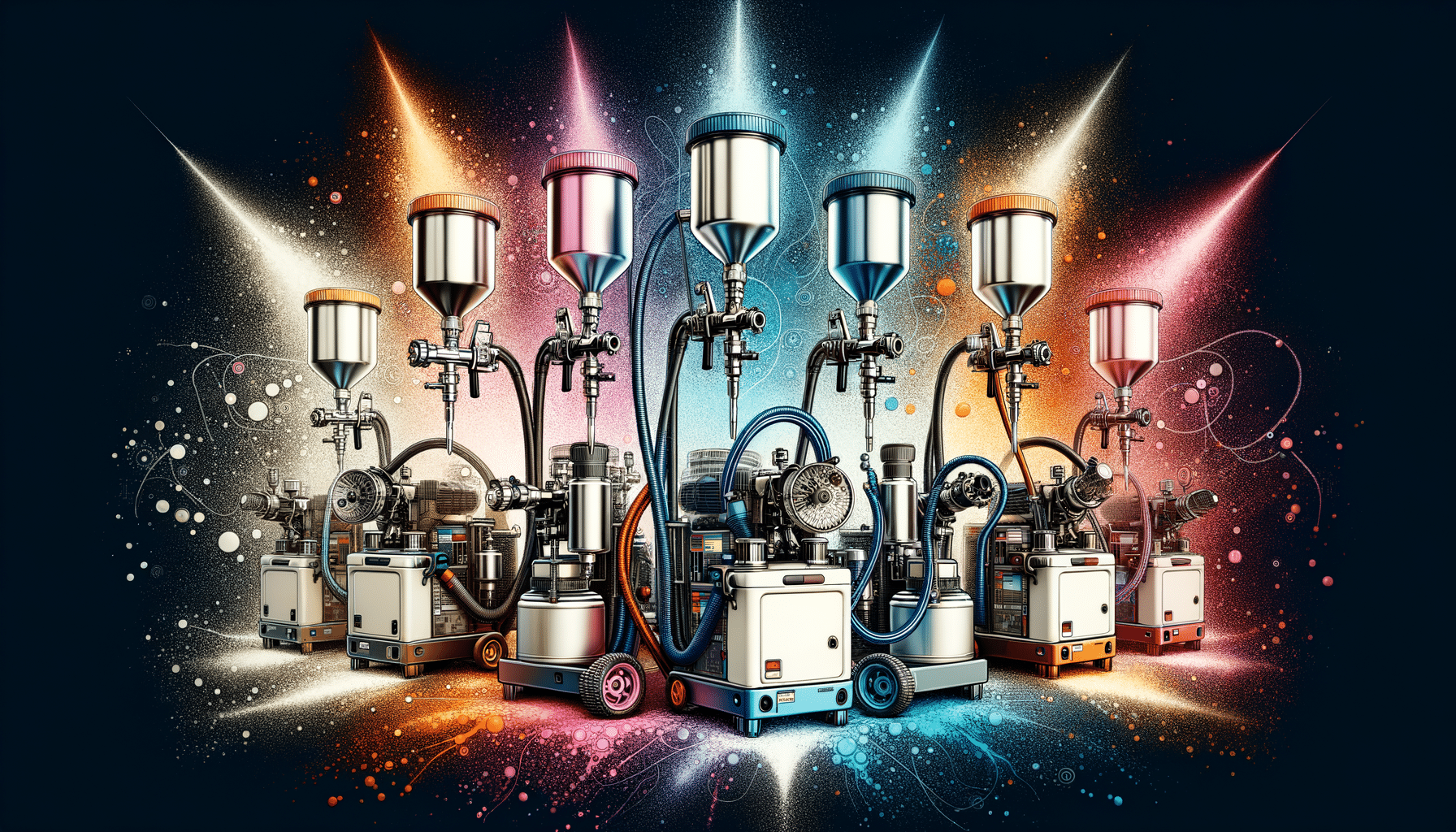
How to Choose the Right Paint Sprayer
Introduction to Paint Sprayers
When it comes to transforming a space or an object with a fresh coat of paint, the tool you choose can make a significant difference. Paint sprayers have become increasingly popular due to their ability to deliver a smooth and even finish in a fraction of the time it takes with traditional brushes or rollers. Whether you’re a professional painter or a DIY enthusiast, understanding the nuances of different paint sprayer options can help you achieve outstanding results with ease.
Types of Paint Sprayers
Paint sprayers come in various types, each suited for specific tasks and surfaces. The three main categories are airless paint sprayers, HVLP (High Volume Low Pressure) sprayers, and compressed air sprayers. Airless paint sprayers are renowned for their efficiency in covering large areas quickly, making them ideal for exterior surfaces and large projects. HVLP sprayers, on the other hand, offer more control and precision, which is beneficial for detailed work and fine finishes. Compressed air sprayers are often used in automotive and industrial applications, where a high-quality finish is paramount.
Choosing the Right Paint Sprayer
When selecting a paint sprayer, consider the type of projects you frequently undertake. An airless paint sprayer might be your go-to choice if you often work on large surfaces like walls and fences. However, if your projects require detailed work, such as furniture or cabinetry, an HVLP sprayer could be more suitable. Additionally, consider factors such as the type of paint you plan to use, the sprayer’s ease of use, and your budget. A well-suited paint sprayer can enhance both the speed and efficiency of your painting tasks.
Understanding Spray Patterns and Tips
The spray pattern and tip size of a paint sprayer significantly influence the finish quality. Most sprayers offer adjustable settings, allowing you to switch between different spray patterns such as circular, horizontal, and vertical. This versatility is crucial for adapting to various surfaces and project requirements. Additionally, the tip size determines the thickness of the paint application. Smaller tips are ideal for thin coatings and detailed work, while larger tips are better suited for thicker paints and broader surfaces. Understanding these elements can help you achieve a professional finish with minimal effort.
Maintenance and Care of Paint Sprayers
Proper maintenance of your paint sprayer ensures its longevity and optimal performance. After each use, it’s essential to clean the sprayer thoroughly to prevent clogs and buildup. This involves flushing the system with a suitable cleaning solution and disassembling parts for a more detailed clean. Regular maintenance checks, such as inspecting hoses and seals for wear and tear, can prevent potential issues and ensure your sprayer is always ready for the next project. A well-maintained paint sprayer not only extends its lifespan but also provides consistent, high-quality results.
Conclusion
Choosing the right paint sprayer can significantly impact the quality and efficiency of your painting projects. By understanding the different types of sprayers, their applications, and the importance of maintenance, you can make informed decisions that align with your needs. Whether you’re tackling a large exterior surface or a detailed interior project, the right sprayer can transform your painting experience, making it smoother and more enjoyable. As you explore your options, remember that the key to success lies in matching the tool to the task at hand, ensuring that every stroke is as effective as possible.


